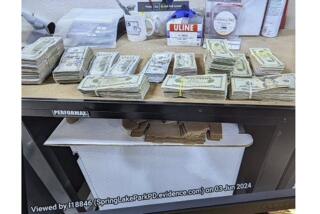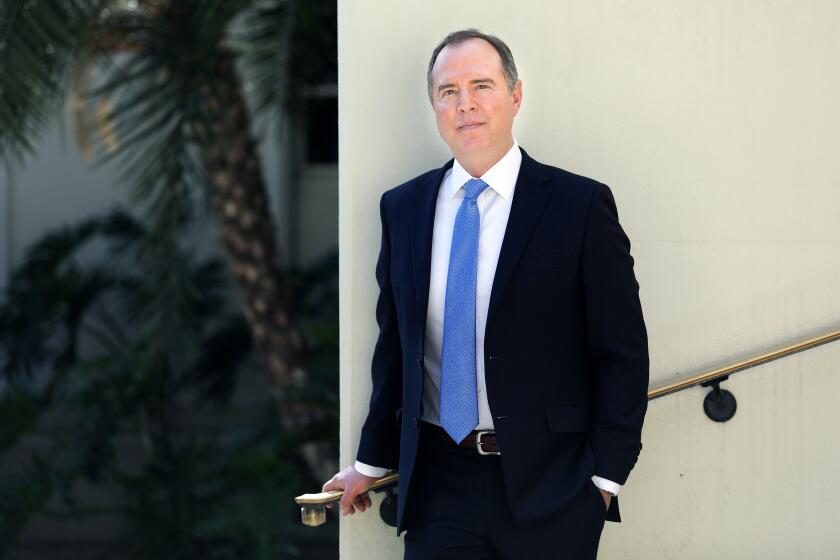Auditors Criticize Effort to Reduce Insurance Fraud
- Share via
A Bureau of State Audits report released Thursday criticized the state Insurance and Industrial Relations departments for failing to implement a law cracking down on workers’ compensation insurance fraud.
The 12-year-old anti-fraud program has been collecting $30 million a year in fees from employers, but regulators can’t justify the use of the funds as the “most appropriate and effective way to combat fraud,” said State Auditor Elaine M. Howle.
State officials need to “step back and come up with a strategic plan” that can pin down more precisely the size of fraud, she said. Current estimates of losses from fraud range from a high of 20% of claims to a low of 1%, she said.
State Insurance Commissioner John Garamendi and Industrial Relations spokesman Dean Fryer acknowledged that problems existed but stressed that actions were underway to correct them.
Garamendi, noting he’s run the department for only the last 12 months of the five years covered by the audit, said “fighting workers’ compensation fraud is, and will continue to be, a top priority for this department.” Indeed, Howle conceded that Garamendi “did make progress” by “attempting to come up with a set of performance measures.”
Fryer said his department was making efforts to meet an audit recommendation to communicate more closely with other state agencies and local district attorneys.
Employers have a right to see more results from the assessments they pay to fund the anti-fraud operation, said Charles Bacchi, a lobbyist in Sacramento with the California Chamber of Commerce. Some member companies are frustrated that the Department of Insurance did not act on alleged fraud cases referred to investigators, he said.
The audit was released on the same day that ratings experts took their first crack at estimating savings employers may see from the recent overhaul of the state’s insurance system for workplace injuries.
At a Department of Insurance hearing in San Francisco, analysts testified that employers should see lower premiums when they open their workers’ compensation insurance bills in July, but it will be several months before they reap sizable benefits from the new workers’ comp law.
Bigger savings will have to wait until January or even July 2005 as dozens of regulations are drafted to put the complex makeover into practice, said researchers from the industry-backed Workers’ Compensation Insurance Rating Bureau.
So far, the researchers have identified immediate cost savings of less than 5% in the $22-billion-a-year system. Those and other savings will be taken into account when Garamendi issues premium recommendations for workers’ comp policies that come up for renewal after July 1, bureau officials said.
That doesn’t bode well for employers who may be expecting big reductions in their workers’ comp rates this year. Hit with premiums that doubled and tripled over the last few years, businesses on average got only a 3.2% drop in premiums in January as a result of medical cost containment measures taken last year.
Greater savings -- pegged by Gov. Arnold Schwarzenegger at up to 30% when he signed the workers’ comp overhaul bill April 19 -- shouldn’t start to be realized until early next year when government lawyers have a deadline to draft dozens of implementing regulations needed to make the complicated legislation work.
On Monday, Schwarzenegger appointed Andrea Hoch as director of the agency charged with implementing workers’ comp regulations. The governor has committed all manpower and financial resources necessary to meet deadlines for getting the new program going, said Fryer of the Department of Industrial Relations.
Frank Neuhauser, a UC Berkeley researcher, projected that the workers’ comp bills passed last year and earlier this month would reduce the cost of the state’s system for providing benefits to injured workers by about one-third by 2006.
More to Read
Get the L.A. Times Politics newsletter
Deeply reported insights into legislation, politics and policy from Sacramento, Washington and beyond. In your inbox three times per week.
You may occasionally receive promotional content from the Los Angeles Times.











